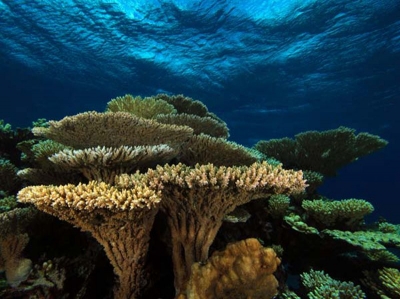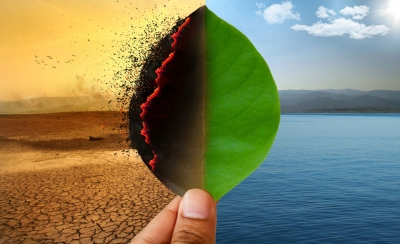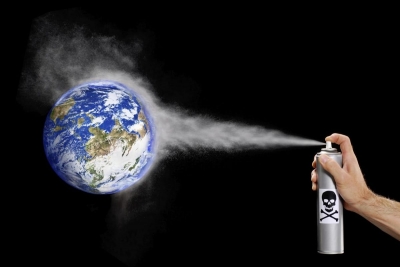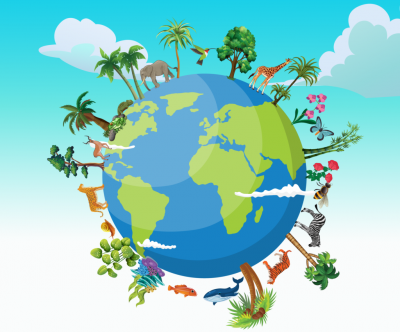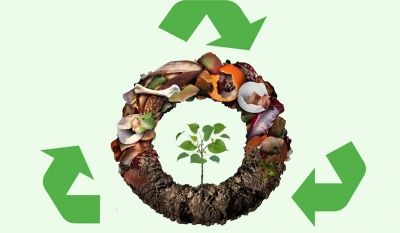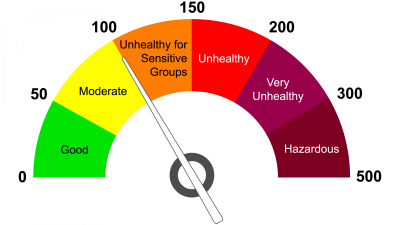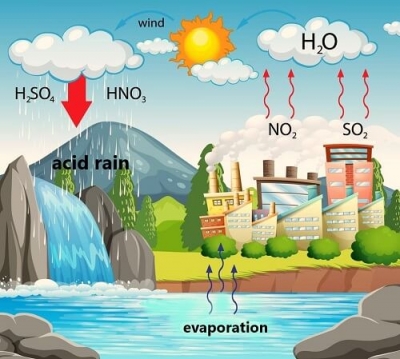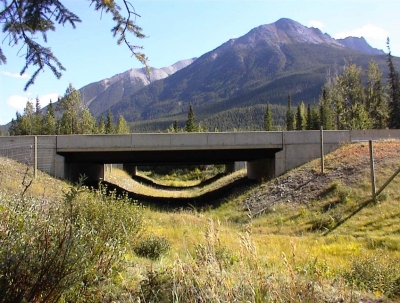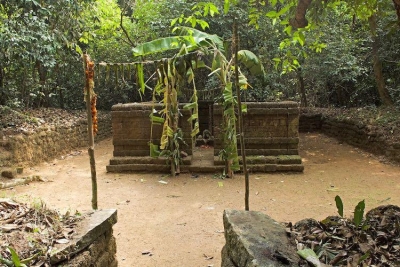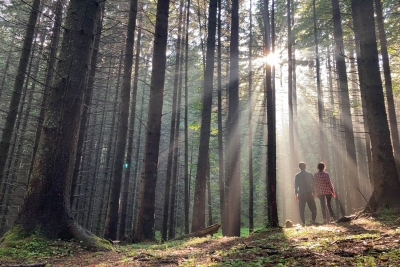WHAT IS DEFORESTATION?
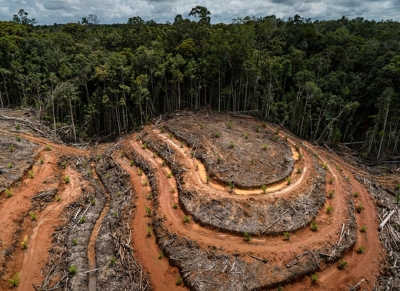
The intentional clearing of forested land is called deforestation. Throughout history and into current times, forests have been cleared in order to convert the forest land to farms, ranches, or urban uses. While deforestation has greatly changed the world's landscapes, the greatest concentration of deforestation today is taking place in tropical rainforests. Deforestation not only results in more carbon dioxide being released into the atmosphere, but also threatens the world's biodiversity as these forests are usually home to many species of plants and animals.
The Food and Agriculture Organization of the United Nations defines deforestation as the conversion of forest to other land uses (regardless of whether it is human-induced). "Deforestation" and "forest area net change" are not the same: the latter is the sum of all forest losses (deforestation) and all forest gains (forest expansion) in a given period. Net change, therefore, can be positive or negative, depending on whether gains exceed losses, or vice versa.
The removal of trees without sufficient reforestation has resulted in habitat damage, biodiversity loss, and aridity. Deforestation causes extinction, changes to climatic conditions, desertification, and displacement of populations, as observed by current conditions and in the past through the fossil record. Deforestation also reduces biosequestration of atmospheric carbon dioxide, increasing negative feedback cycles contributing to global warming. Global warming also puts increased pressure on communities who seek food security by clearing forests for agricultural use and reducing arable land more generally. Deforested regions typically incur significant other environmental effects such as adverse soil erosion and degradation into wasteland.
The resilience of human food systems and their capacity to adapt to future change is linked to biodiversity – including dryland-adapted shrub and tree species that help combat desertification, forest-dwelling insects, bats and bird species that pollinate crops, trees with extensive root systems in mountain ecosystems that prevent soil erosion, and mangrove species that provide resilience against flooding in coastal areas.] With climate change exacerbating the risks to food systems, the role of forests in capturing and storing carbon and mitigating climate change is important for the agricultural sector.
Credit : Wikipedia
Picture Credit : Google
